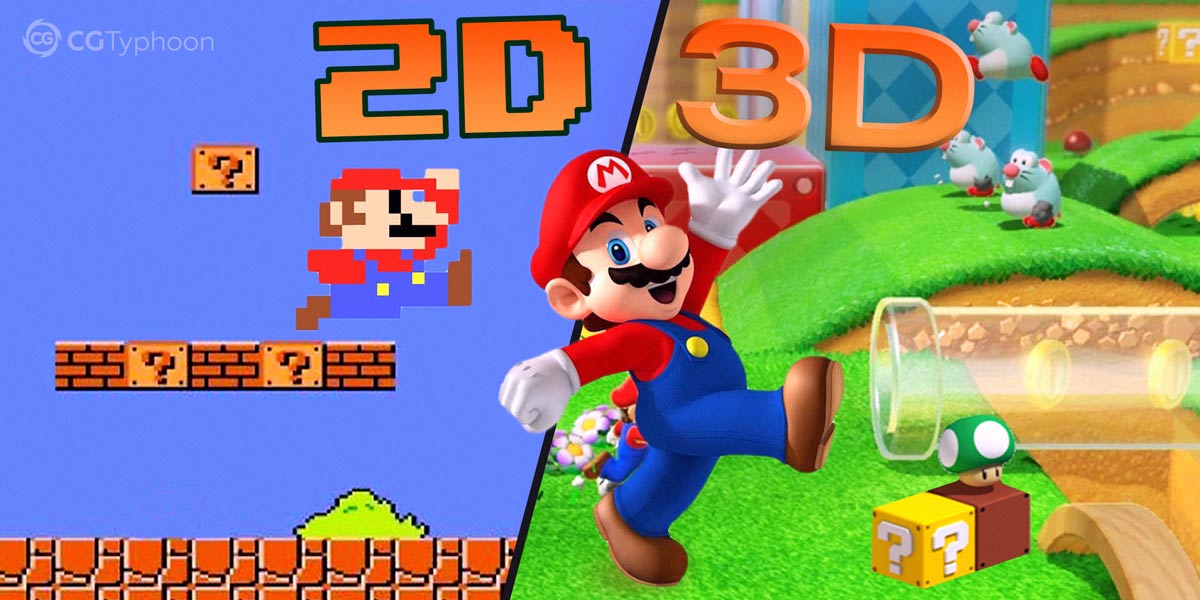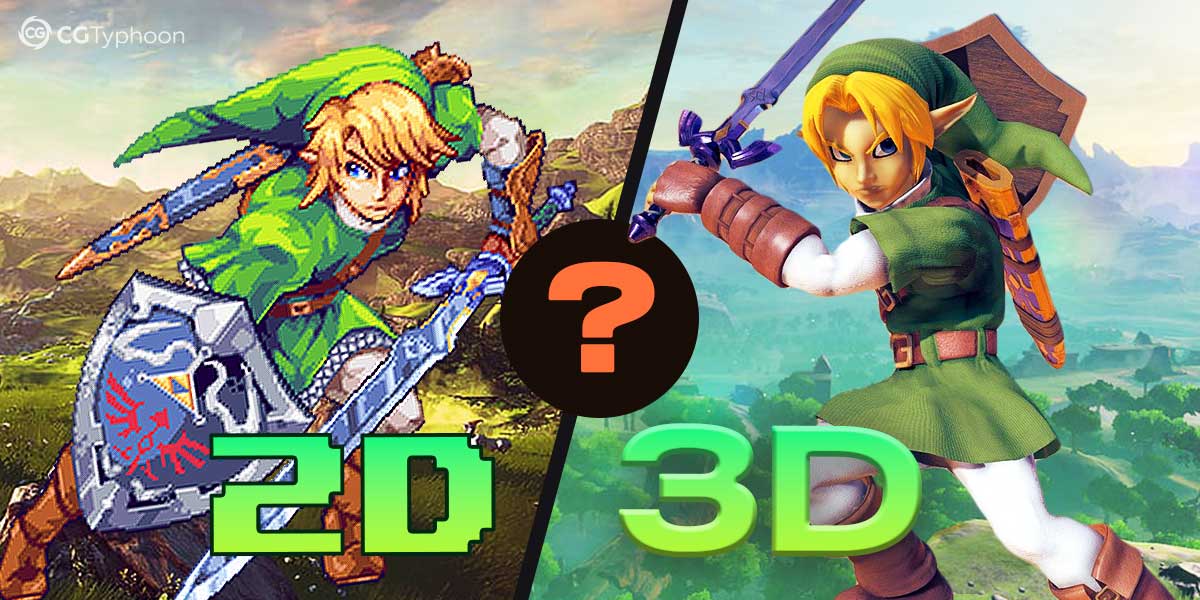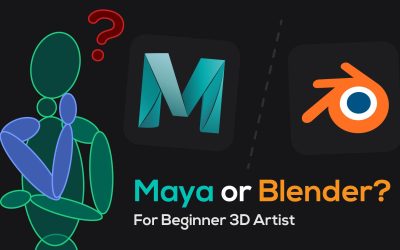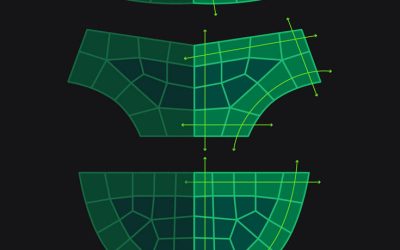
Creating a new game seems daunting at first glance. If you have a concept for a game, you’ll want to carefully consider your options when deciding between a 2D experience such as Undertale, or a 3D one such as Bethesda’s new release, Starfield. Each style of game has its own challenges and advantages, but that’s part of the fun when learning how to make games!
The History of 2D Gaming
Video games made from a 2D perspective date all the way back to 1950, with a playable game of tic-tac-toe. However, just because 2D has been around for a while, doesn’t mean it has fallen out of fashion. 2D gaming has seen a resurgence in popularity as of late, with even franchises that transitioned to 3D long ago returning for some well received 2D instalments, such as Sonic Mania, which sold over a million copies worldwide.
Of course, 2D gaming wasn’t always by choice. Early games consoles such as the Nintendo Entertainment System (NES), didn’t have sufficiently powerful hardware to even attempt to run 3D games. It was only with the advent of the Sony Playstation in 1994, that 3D games became viable on home consoles.
Recent Successful 2D Games
- Industry standard in game development;
- Having experience with Maya can make it easier to find a job;
- The best program for animation and rigging;
- Has a free Autodesk Education plan for students;
- Customizable interface.

What to Consider: 2D Game Development
Genres
According to research by gamemaker.io, some of the most popular genres of game for 2D include:
- Platformers
- Puzzle games
- Role Playing Games (RPGs)
- “Roguelike” games
All of these game genres have quite notable 2D releases; so if what you’re developing seems to be on this list, a 2D game may be the way to go.
Software
You have a range of diverse options when it comes to selecting how exactly to build your game. This isn’t an exhaustive list, but it should give you some idea of the kinds of software that you will need to familiarise yourself with in order to build your dream game.
Game Engine
A game engine is essentially the platform on which your game is built. This foundation is then combined with your visuals, sound design and programming to create a finished game. You have a few choices for game engines, so here are some to consider:
- Unity
- Godot
- Gamemaker Studio
- RPG Maker
Unity is an engine that powers a lot of popular games around the world, though mostly 3D titles. The Unity Engine does have a 2D variant though, fittingly called Unity2D.You can read more about Unity2D over on their website.
Godo: is a fully free and open source game engine for both 2D and 3D, making it ideal for projects with tight budgets. One advantage it has over solutions such as Unity is a built-in scripting language, designed to be easy to understand for beginners, inspired by easy programming languages such as Python.
Gamemaker Studio: is a game engine with a focus on portability; giving you the option to export your games to Xbox, PlayStation and Nintendo Switch. A built in asset store is also included, to speed up your game development.
RPG Maker: is one of the oldest game engines around, but with the pedigree of having modern features. With it, you can easily create great gaming experiences that replicate the feel of the earlier Pokemon and Final Fantasy games. You can even export your creations to mobile platforms such as iOS and Android!
Tile sets and Sprites
There are two main components in 2D games, these being “sprites” and “tiles”. Sprites are 2D bitmaps that are incorporated into a larger scene, such as the model of a character. Tiles represent your background scenery, and can be layered atop one another.
Engines primarily designed for 2D often include built in tile editors, such as RPG Maker. These tools allow you to create custom tilesets with ease, or even import pre-bought assets to use. An advantage of the tileset model is that you can focus on just doing great artwork for the tiles, and not worrying about needing to design entire complex 3D models.
Audio
Having great audio is one of the key components of any great gaming experience. It can provide a sense of immersion and depth that cannot be done with graphics alone. If you want to appeal to a sense of nostalgia, like the game “Undertale” does, prepare to be making some chiptune music. Alternatively, you could go for a more modern sounding soundtrack, or even alternate between the two!
2D World Design
2D worlds can’t offer much in the way of realism, but they are faster to create than a complex 3D environment. If you’re a smaller team or an individual, and you want to focus on providing a good story or great gameplay, a 2D game is the way to go. Some of the most critically acclaimed games have taken this approach, such as the award-winning Super Meat Boy.

The 3D Era
Real 3D gaming started around 1994 with the launch of the Sony PlayStation. A 3D, white-knuckle racing game was released the following year, “Wipeout” served as an impressive technical demonstration of the 3D games to come.
As hardware advanced over the course of the 2000s, many popular franchises switched to 3D, including Sonic the Hedgehog, Super Mario and the Legend of Zelda. More powerful hardware also introduced the possibility of “open world” games, where the player is free to explore at their leisure.
The drive towards immersive, 3D games has helped propel the gaming industry to unparalleled heights; with a worth of 287.77 billion dollars in 2022, to an estimated 665.77 billion by 2030. While not all of this substantial figure can be attributed to 3D games, it is reasonable to assume that 3D games played a big part.
Recent Successful 3D Games
- Starfield: 6+ million players
- Legend of Zelda – Breath of the Wild: 30.65 million copies
- Minecraft: 238 million copies
What to Consider: 3D Game Development
Genres
Just about every genre works well in 3D, but you’ll really want to consider it when you’re making an:
- Open world game
- Action game
- Adventure game
- Shooter
These types of games often rely on a sense of realism that you can’t get with just 2D, but the added complexity can make the development time longer. The tradeoff is that you have more flexibility in how you’d like your game to look and behave.
Software
Developing a 3D game means using tools that are somewhat more complex than 2D. In order to create a full 3D game, you’ll need the following software:
- Autodesk Maya
- Autodesk 3ds Max
- Blender
- Substance Painter
- Substance Designer
- ZBrush
- Marvelous Designer
and many more using in game development pipeline.
Game Engine
To start with, you should pick a game engine that is properly optimized for 3D. Game engines that are 3D optimized come in the form of Unity3D, Unreal Engine & CryEngine.
Modelling Software
Unlike 2D development, you can’t just make use of sprites and tilesets. 3D games require fully rendered models in order to provide maximum realism. Blender is a free and easy way to start creating models, with helpful guides and tutorials. If you want to start your journey as a 3D artist, we suggest you learn from our comparison of two of the most popular software options for modeling: Maya or Blender.
Alternatively, if you want to explore a wider range of modeling software, visit our list of The Best 3D Modeling Software.
When you’ve got comfortable with the workflow, it may be worth your while to look into Adobe Substance for more complex modelling tasks.
Audio
All the best 3D games have stellar audio to accompany the beautiful scenery in the game. Contrary to popular belief, however, you don’t actually need expensive audio software to make those epic soundtracks. Software such as GarageBand, and Audacity make creating great music accessible to everyone.
3D World Design
Another aspect to consider when creating a 3D game is the world design. Some games released as of late have been criticized for having worlds that are too empty, be that in environment detailing or things to do.
If you don’t have the budget for an immersive open world experience, see if you can refine your game concept into a more linear design, saving you time and development resources. Another option would be to make use of procedural generation to fill in your world with interesting structures, much like how the villages, caves, and terrain in Minecraft are generated.

Make a 2D Game Because:
- You’ve got a small budget;
- You want to appeal to nostalgia;
- You want to focus on storytelling;
- You want to focus on gameplay mechanics;
- You want to make your game lightweight.
Make a 3D Game Because:
- Graphical realism is important to you;
- You want to take advantage of newer hardware;
- You want to provide better world detail;
- You want to use 3D models;
- Your genre works better in 3D.
Comparison
So now you’ve heard about all the differences between 2D and 3D game development, we’ve put the key points for each in the table below. Hopefully this helps you make up your mind…
| Feature | 2D | 3D |
| Cost | Winner | |
| Realism | Winner | |
| Ease of Development | Winner | |
| Versatility | Winner | |
| Low Resource Use | Winner | |
| Genre | Roguelike, platformers, puzzle games | Shooters, open world games, adventure games |
Do let us know if you’ve found this article helpful, and what you plan to build – we’d love to hear your ideas!
Author Ahmad Merheb
Studio Art Lead at Ubisoft Abu Dhabi
Art Director, Innovator, and Tutor. I have been in the Digital Art industry for over 15 years, during which I have worked in 3D animation, 3D printing, and the games industry.



